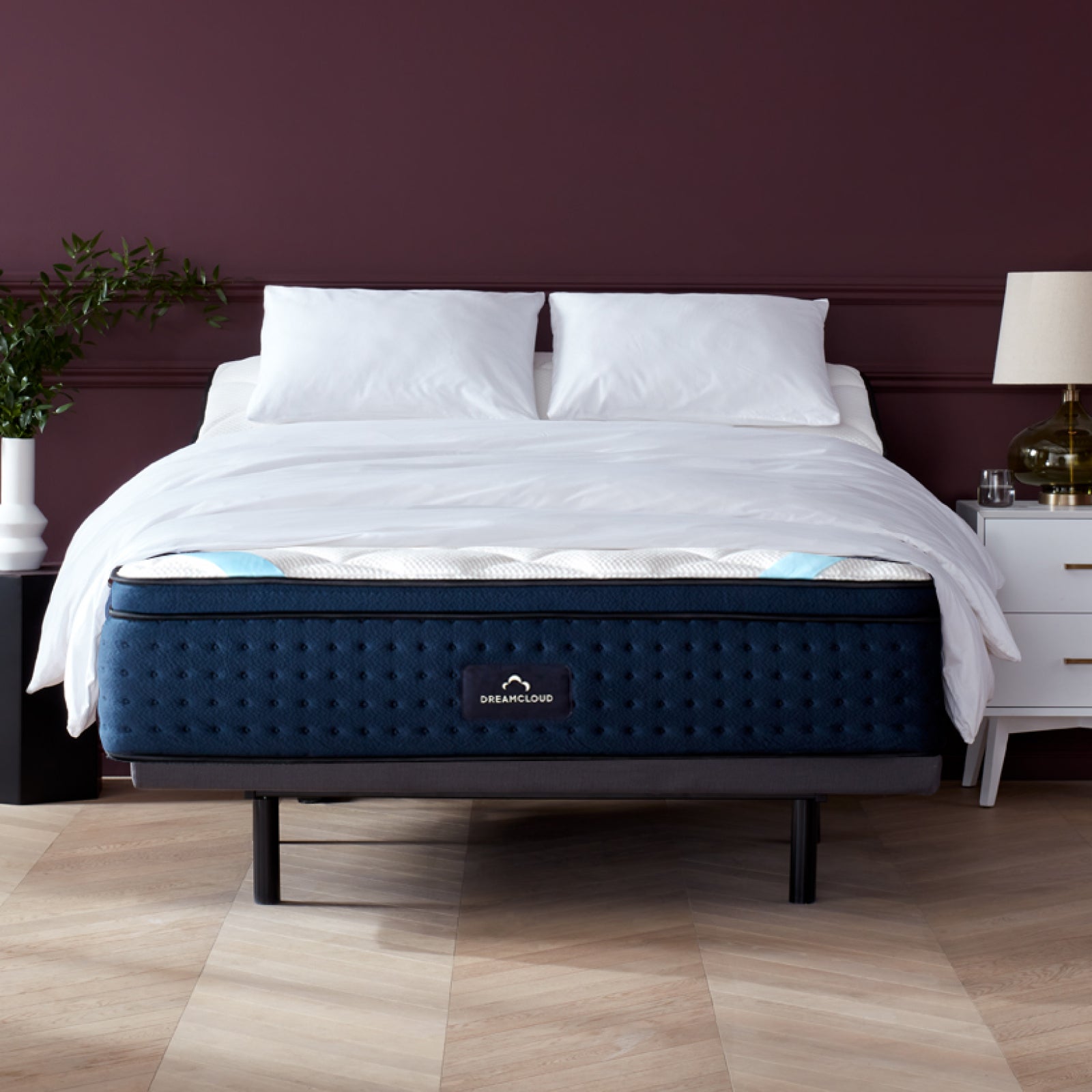FlexFit™ 3 Adjustable Bed Base – Sleep Number
The FlexFit™ 3 smart adjustable base allows you to elevate your head and is controllable from your smart phone device.
The FlexFit™ 3 smart adjustable base allows you to elevate your head and is controllable from your smart phone device.
- Endless head and foot positions including favorites like the feeling of zero gravity
- Gently raise your partner’s head to help alleviate snoring*
- Find your way at night with underbed lighting
- Foot warming — designed to help you fall asleep faster
Available in Stone Linen fabric to match any decor. Fits standard bedroom furniture. Made in the USA with global components.
360 Standard Adjustable Legs included with bed. There are 7 settings on the legs that range from 13.75″ to 18.25″.
Adjustable legs also include optional rubber caps for use with hardwood floors. Caps add 1/4″ to height of the bed.
Additional information
| Twin XL | 37" W x 79.5 L" |
|---|---|
| Full/Double | 52.5" W x 73.5 L" |
| Queen | 58.5" W x 79.5 L" |
| King (Split & FlexTop King) | 75" W x 79.5" L |
| Cal King (Split & FlexTop Cal King) | 72" W x 83.5" L Height (all sizes) |
| Height (all sizes) | 7 adjustable settings ranging from 13.75" H to 18.25" H. Weight of base: 138 lbs. |









by Rose
This is my second sleep number bed, P5 was the 1st but OMG I absolutely fell in love and sleep flexfit split king bed. I have trouble sleeping but the quality of sleep in this bed makes up for hours lost.
by Karen
We are so happier bought this bed. The head and foot are adjustable to each of our needs for a great nights sleep
by Sally
I have had my Sleep Number bed for two weeks now. It has been the best two nights of sleep in my life! I sleep soundly every night and no longer wake up with an aching back. I only wish that I had made this purchase years ago.
by Juderbug
I love this bed no longer wake up feeling like someone beat me up while I slept. Someone tried to sell me another spring mattress so glad I didn’t go there.
by Buck
I’ve never slept so good!! I’ve had this bed set for about a month, and man am I glad I jump the gun to get a sleep number…. I went for years with a bed spring stabbing me in the back… don’t have to worry about it anymore
by Wills
Totally worth it!!! My husband and I waited and researched our next bed and we are so happy with our decision to purchase the FLEXFIT. The app provides all the resources and ability anyone could need for an amazing nights sleep.
by Deva
I would still like to be entered into the drawing but I can’t make a fair judgement on the bed as I only used it for three nights then left town for a month. I truly can’t wait to use it though as the mattress at the air b&b is not so good. We’ll give it the benefit of the doubt